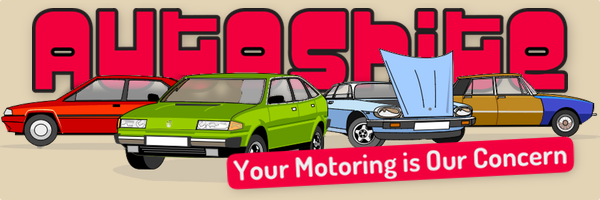Welding and LPG conversions
-
Similar Content
-
Price of LPG 1 2 3 4
By lisbon_road,
- 91 replies
- 6,760 views
-
TIG WELDING
By stuboy,
- 12 replies
- 1,264 views
-
Weld it up? 1 2 3
By Dobloseven,
- 67 replies
- 4,426 views
-
Crap Camper Conversions 1 2
By Isopon,
- 55 replies
- 10,361 views
-
Volvo S80 (P2) 6-speed conversion
By Mr_Bo11ox,
- 6 replies
- 636 views
-




Recommended Posts
Create an account or sign in to comment
You need to be a member in order to leave a comment
Create an account
Sign up for a new account in our community. It's easy!
Register a new accountSign in
Already have an account? Sign in here.
Sign In Now